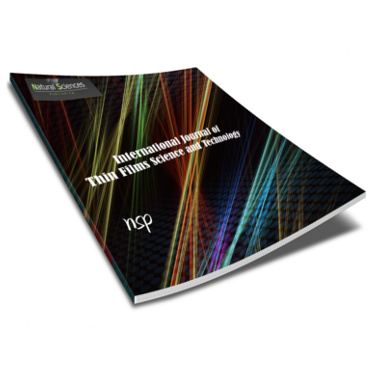International Journal of Thin Film Science and Technology

Abstract
This study assesses the natural radioactive concentrations in virgin olive oil in Egypt. The presence and concentrations of naturally occurring radioactive materials (NORM) in 26 olive oil samples collected from different locations in Saini were conducted using two techniques: gamma spectroscopy using a high purity germanium detector (HPGe) and inductively coupled plasma-mass spectroscopy (ICP-MS). Because of their very low concentrations, the radioactivity of NORM was below the detection limits of the HPGe detector for the time of measurement, On the other hand ICP-MS results showed the concentrations of natural radioactive elements such as uranium and thorium in some examined samples. The concentrations of uranium and thorium elements were converted into specific activities using conversion factors recommended by the International Atomic Energy Agency (IAEA). The internal effective dose for individuals from the consumption of olive oil was estimated based on the calculated radionuclide contents and using dose coefficients given by the International Commission on Radiological Protection (ICRP). It was found the olive oil samples are considered radiologically safe for human consumption and dont contribute to any health problems.
Recommended Citation
Ahmed Albdady, Eman; El Ghazaly, Mahmoud; Abd El Aaal, Saad; Abdelrahman, Mostafa; Mansour, Nasef; and Elsayed Frarrag, Mona
(2023)
"Concentrations and Estimation of the Annual Effective Doses of Natural Radioactivity Uptake through Ingestion of Virgin and Extra Virgin Olive Oil,"
International Journal of Thin Film Science and Technology: Vol. 12
:
Iss.
1
, PP -.
Available at:
https://digitalcommons.aaru.edu.jo/ijtfst/vol12/iss1/1

